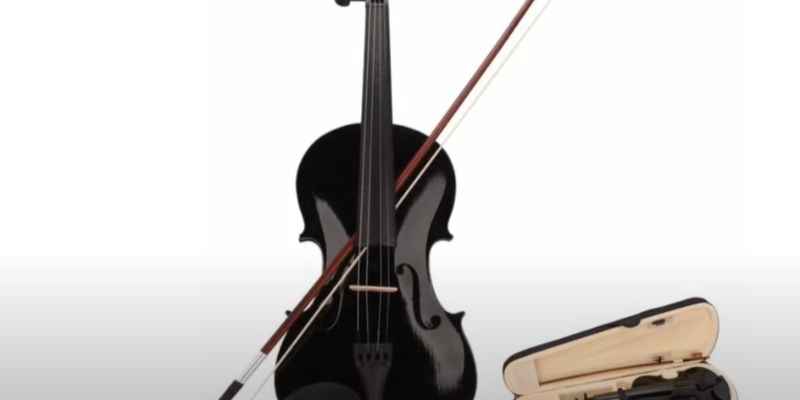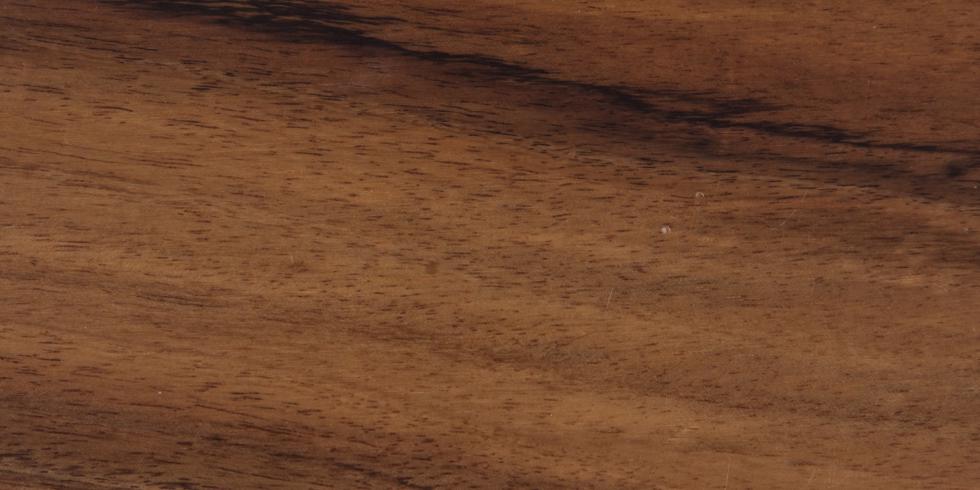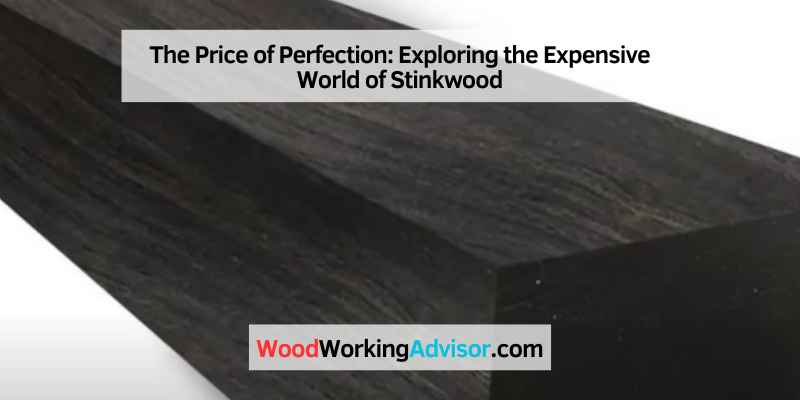Stinkwood, also known as Pterocarpus indicus, is a hardwood tree native to South Africa. The wood is very dense and has a strong, unpleasant odor when it is first cut. For this reason, it is not commonly used in construction or furniture making.
However, the wood is prized for its unique color and grain pattern, as well as its hardness and resistance to rot. It is often used for carving and turning and can be stained or painted. Stinkwood can be challenging because of its density and pungent odor, but the results are worth the effort.
The finished product is beautiful and long-lasting.
My favorite tree – red stinkwood
If you’re looking for high-quality wood, stinkwood is an excellent option. This African hardwood is prized for its beautiful grain and durability. But it’s not cheap – expect to pay around $40 per board foot for this material.

Most Expensive Wood Price
Wood is one of the essential natural resources. It has been used for centuries to build homes, furniture, and other objects. There are many different types of wood, each with unique properties.
Some woods are more expensive than others due to their rarity or usefulness.
Here are some of the most expensive woods in the world.
1. African blackwood – $8,000 per cubic meter
African Blackwood is a very dense and heavy wood native to Africa. It is often used in high-end musical instruments such as clarinets and oboes. This wood is so valuable that it is sometimes called “black gold.”
2. Ebony – $5,000 per cubic meter. Ebony is another highly dense wood prized for its deep black coloration. It is often used in fine furniture and musical instruments as well.
Ebony can be challenging to work with because of its density, but the results can be stunning.
3. Purpleheart – $5,000 per cubic meter. Purpleheart is a beautiful purple-colored wood from South America.
It is commonly used in decorative applications such as inlays and veneers. Purpleheart can also be used for turned objects and other small projects.
4. Brazilian rosewood – $ 3 000 per cubic meter.
This endangered tree species grows in Brazil, mainly in the Atlantic Forest. The heartwood of this tree ranges from a dark brown to purple hue, making it highly sought after by furniture makers and musical instrument artisans.
5. Lignum vitae – $ 2, 000 per cubic meter. Lignum vitae ( Latin for “tree of life” )is a tough tropical hardwood. It has been used for centuries to make things like bearings, mallets, bowling balls, and other objects that require a lot of wear resistance.
6. Indian sandalwood – $ 1 500 per kilogram. Indian sandalwood comes from trees that grow in India and Sri Lanka. The heartwood of these trees contains a high oil concentration, making it very fragrant. This precious resource has been over-exploited recently due to the high demand for sandalwood oil.
7. African mahogany – $ 1 200 per cubic meter. African mahogany grows throughout sub-Saharan Africa. This mahogany has a reddish-brown coloration and is often used in cabinetry and furniture making.

Credit: www.rarewoodsusa.com
How Do You Identify Stinkwood?
How to Identify Stinkwood If you come across a tree that you think might be stinkwood, there are a few ways to identify it. First, look at the leaves.
They should be smooth and glossy with a dark green color. The leaf shape is also distinctive, long, and narrow with rounded tips. If you can find a flower or fruit, they will also help with identification.
The flowers are small and white, growing in clusters, while the fruits are oval-shaped and reddish-brown. Another way to identify stinkwood is by its bark. It is usually grey or brown and has a rough texture.
The bark may also have small bumps on it, containing oil glands (this gives the tree its characteristic smell). Finally, take a look at the overall shape of the tree. Stinkwood trees are typically tall and slender, with an upright growth habit.
What Does Stinkwood Look Like?
If you were to walk through a forest in South Africa, you would likely come across a tree called stinkwood. This tree can grow up to 30 meters tall, and its trunk can be as comprehensive as 2 meters in diameter. The bark of the stinkwood is dark brown to black, and it is smooth with a few minor bumps.
The leaves of the tree are glossy green and oval-shaped with pointed tips. The flowers of the stinkwood are yellow-greenish in color and grow in clusters. The tree’s fruit is a small black berry containing one seed.
The wood of the stinkwood is very dense, making it challenging to work with. It is also very aromatic, hence its name. The smell of the wood has been described as similar to that of cloves or nutmeg.
Due to its density and aroma, stinkwood was used to make furniture and cabinets. Nowadays, it is mainly used for turning and carving due to its beautiful grain pattern.
What is the Most Beautiful Wood?
There is no definitive answer to this question, as beauty is subjective. However, some of the most popular choices for beautiful wood include cherry, mahogany, and maple. These woods are often used in high-end furniture and cabinetry due to their unique grain patterns and rich colors.
Other woods, sometimes considered beautiful, include oak, teak, and walnut.
Conclusion
Stinkwood is a costly wood, and it is only found in South Africa. It is so expensive because it is scarce and difficult to find. The tree that produces stinkwood is also very slow growing, contributing to the high cost.


